- Small Business Blog
- Marketing
- 5 Companies with Good Marketing Strategies
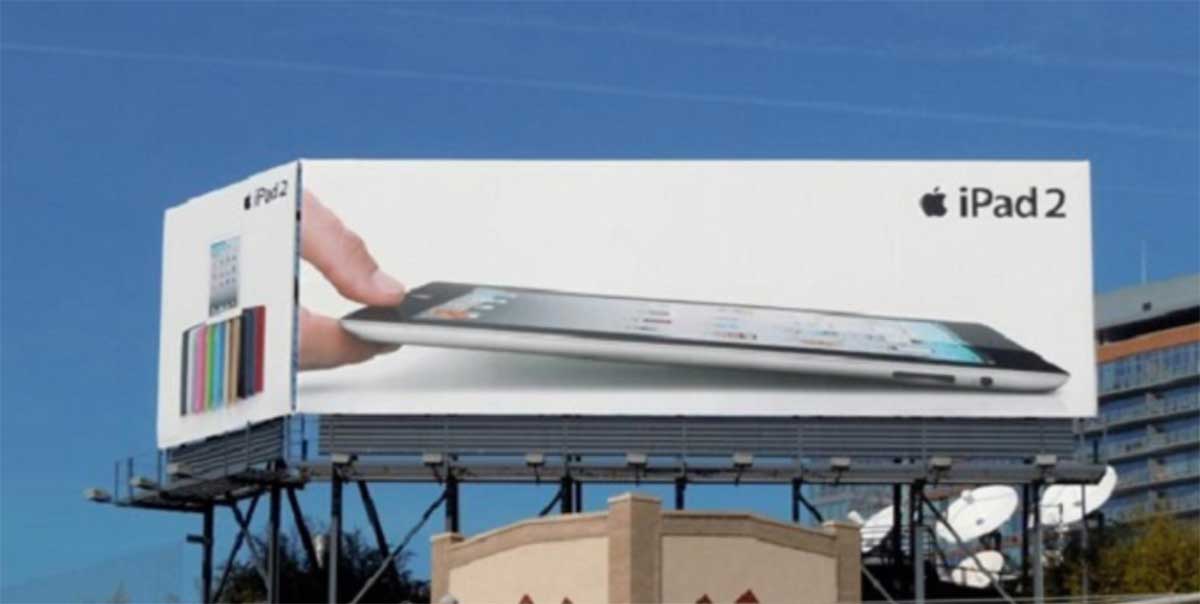
1. Apple
The Apple logo is a perfect example of why the company is so successful across the board: simplicity. Most Apple ads don’t include lists of features, prices, or special effects. The products stand for themselves.
Other than a simplistic approach, Apples nails it when it comes to knowing their users. You’ll never see Apple copy that sounds “salesy”. They clearly understand how their target customer thinks and speaks as well as their habits, likes, and lifestyle.
One example of their marketing brilliance is the old Apple vs. PC commercials. The actor portraying a PC is frumpy, wearing a suit and a confused expression. The Apple actor is cool, calm, and collected. It helps that he’s cute too. Viewers identified immediately with the Apple persona and the simple message around ease of use.
Another brilliant marketing strategy used by the tech giant is to create an air of mystery around product launches. New innovations are announced during a big event streamed everywhere. Reporters and consumers get a peek at what’s coming at the same time, flooding social media and news outlets. Apple product announcements are the very definition of “viral marketing.”
What you can learn
It’s always important to know who your product was created for. Dig into data, review customer surveys, and pay attention to social review comments. These customer insights will give you a global overview and help you target marketing campaigns with a laser focus.
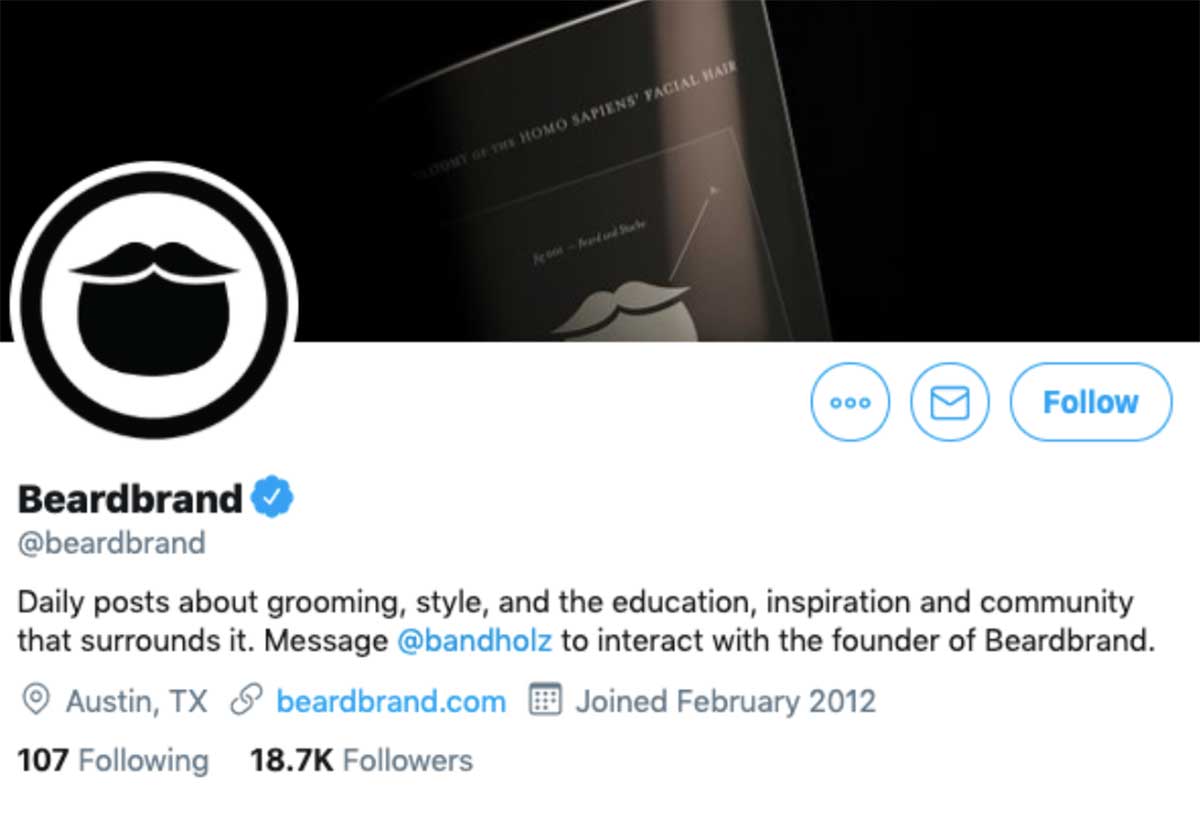
2. Beardbrand
Eric Bandholz wasn't allowed to grow a beard while working as a financial advisor so he turned entrepreneur. He quit his bank job and built a wildly successful men's grooming company.
Bandholz launched Beardbrand at an opportune time. Beards have made a comeback and are no longer seen as an accessory for a lazy non-shaver or a backwoods lumberjack. Beardbrand marketing capitalizes on the popularity of facial hair in several ways. First, they built assurance into their brand, letting men know that it’s OK to have a beard. Next, they created a ton of amazing content that addresses every beard question and whisker issue you can imagine. Their content pieces are rich with keywords as well as being very detailed. In fact, one article about how to grow a beard is almost 8,000 words. Their main channel is YouTube and they post frequently, mostly answering “How to” questions. Another marketing tactic is their approachability. Social media posts are addressed swiftly and creatively. They even encourage Twitter followers to engage with their founder.
What you can learn
Beardbrand isn’t just in the men’s grooming business. The brand is truly in the education business. Create meaningful content around FAQs and your unique business story. Aim not just to sell but to inform.
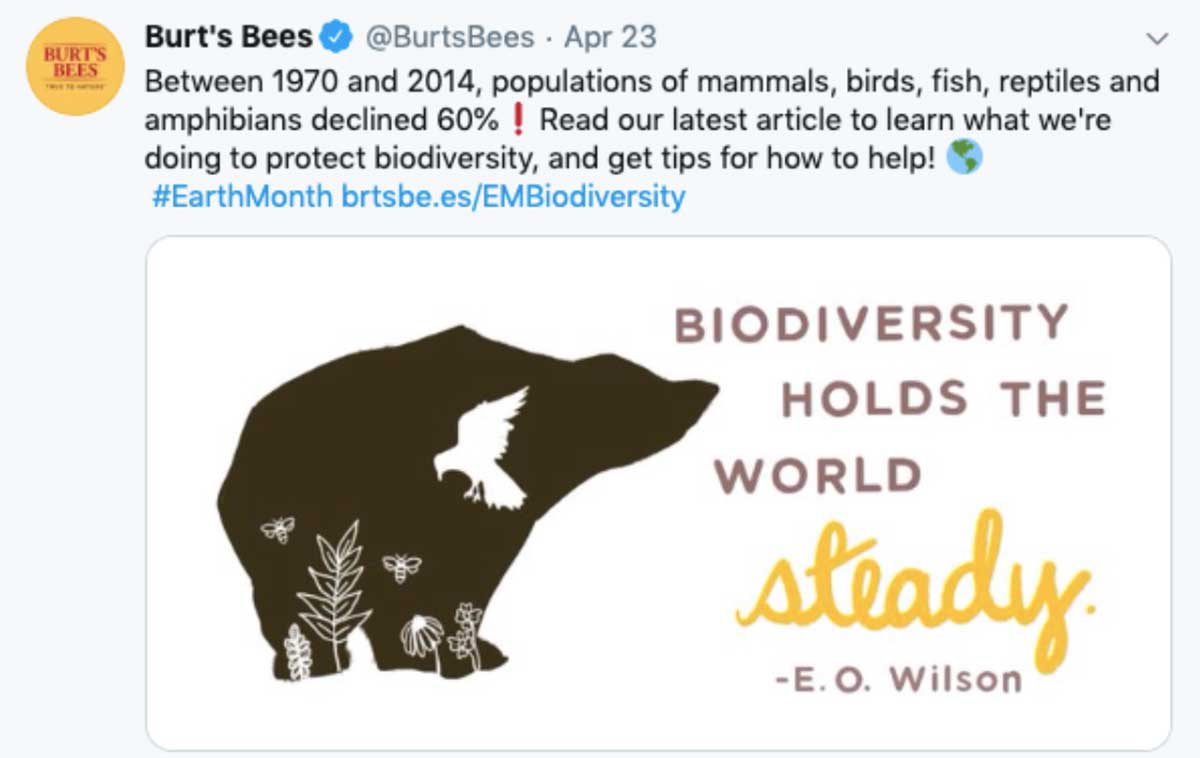
3. Burt’s Bees
Burt’s Bees is a formerly small company (now owned by Clorox) that specializes in personal care products made from honey and beeswax. Burt’s Bees was founded by Roxanne Quimby and Burt Shavitz, an eccentric couple hailing from Maine. Burt's face, story, and oddness has created a specific culture around the business. It’s such an interesting journey that there’s a 2013 documentary about Burt and how the company came to be.
One brilliant marketing campaign that worked for the brand was capitalizing on the attention around the disappearance of bees. The decline of the bee population has numerous negative effects on the overall environment and has been a big story in recent years. The lip balm giant dropped the letter B from their products (they even changed their URL to www.urtsees.com) and vowed to plant a billion flowers. They promoted the hashtag #BringBackTheBees heavily in their social media outreach campaign and garnered a lot of free publicity. -urt’s -ees reached its target goal.
What you can learn
Explore “cause-based marketing” if there’s an issue you’re passionate about that fits with your brand. Cause marketing is defined by Wikipedia as a type of corporate social responsibility, where a company's promotional campaign has the dual purpose of increasing profitability while bettering society.
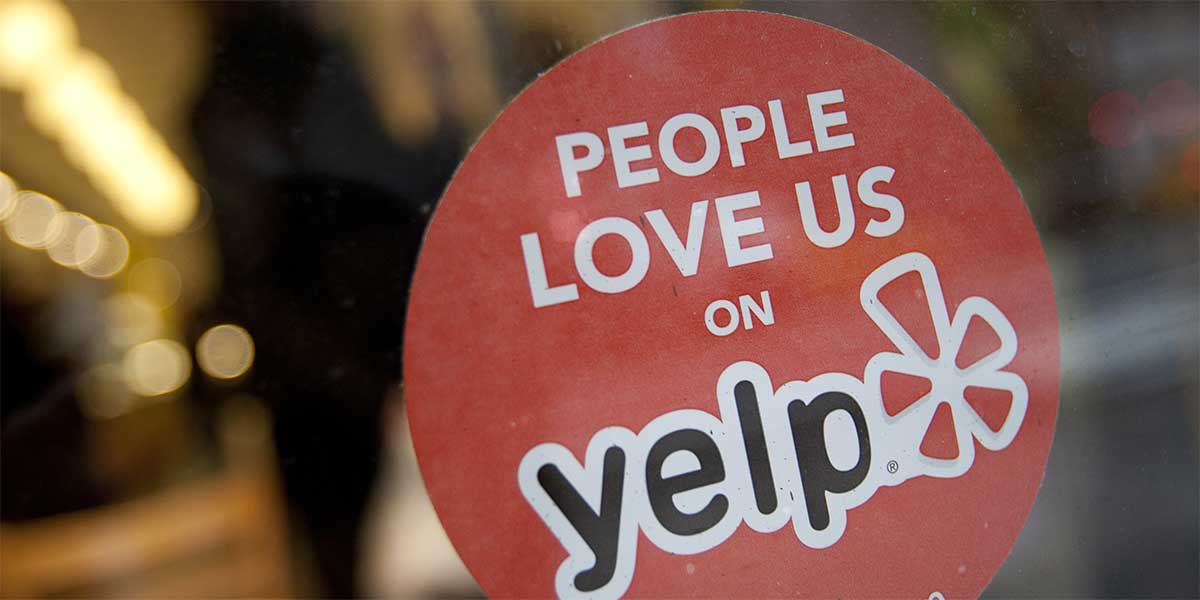
4. Yelp
In 2018, Yelp averaged more than 178 million unique visitors every month, across desktop, mobile, and app versions. It’s hard to ignore Yelp if you’re a small business owner. In fact, according to the Harvard Business Review, increasing just one star on a Yelp rating can lead to a 5-9% increase in business revenue.
The site has skyrocketed in popularity, passing up competitors who were in the space first, like Citysearch, and those with big name recognition, like Yahoo Local. While other review sites waited for anonymous reviews, Yelp built a robust a network of real reviewers with real profiles. Reviews can upload a profile photo and connect with friends. You can even rate a review on Yelp as “useful”, “funny”, or “cool”.
One of the reasons Yelp has very high name recognition is because of the small businesses reviewed on their platform. When people give great reviews on Yelp, the businesses love to promote it. You can see the “People Love Us on Yelp” stickers everywhere, driving a positive perception of the site. Some businesses even offer Yelp incentives. For example, a Los Angeles dentist located next door to a Starbucks offers patients a $5 gift card to the coffee shop if they check into Yelp and post a review.
What you can learn
Co-founder Jeremy Stoppelman says, “We put the community first, the consumer second and businesses third.” That about sums it up. When you’ve created a community around your product or service, nurture and highlight that community.
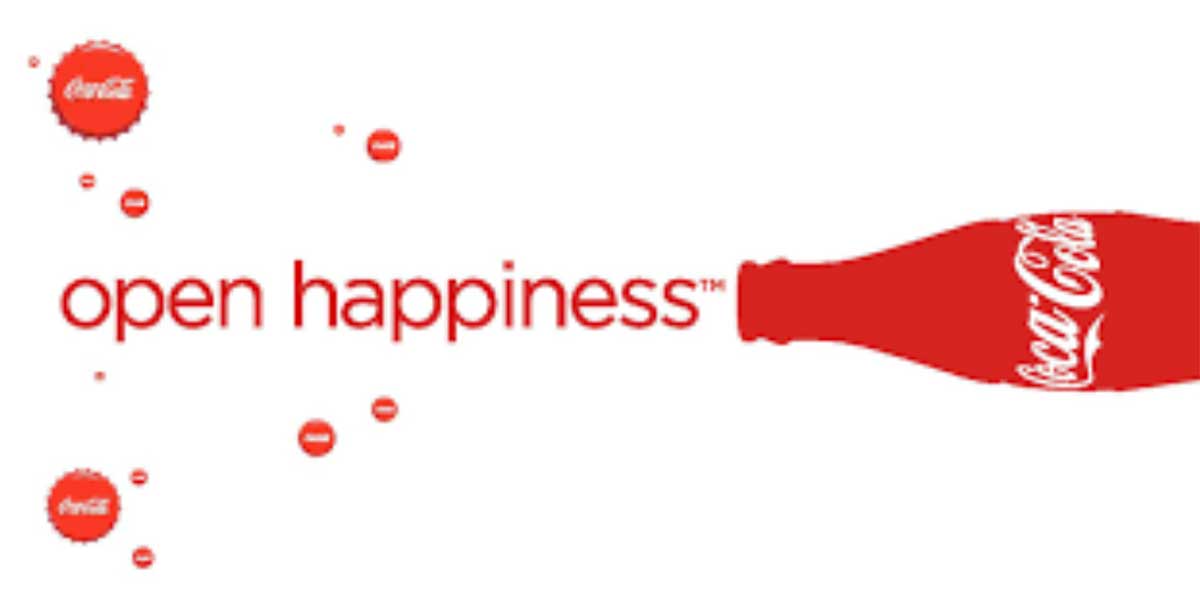
5. Coca-Cola
Coca-Cola's marketing spend was $5.8 billion 2018 and it seems that every penny is working. Studies from around the globe show that Coca-Cola is one of the most well-known brands in the world.
Unlike many brands who evolve with the times and change regularly, Coca-Cola stays in its lane and remains consistent with one clear message: enjoy.
Coca-Cola is a global brand but connects with customers in a personal way through their Share a Coke campaign, active in over 50 countries. How can you not share a photo of a coke bottle with your name on it? The campaign launched in Australia in 2011 and is still going strong. In fact, if you search #ShareaCoke on Twitter or Instagram today, there are plenty of posts, most with photos of the bottle. Free publicity!
What you can learn
Coca-Cola marketing focuses on brand over product. They promote happiness and acceptance instead of taste or price.








